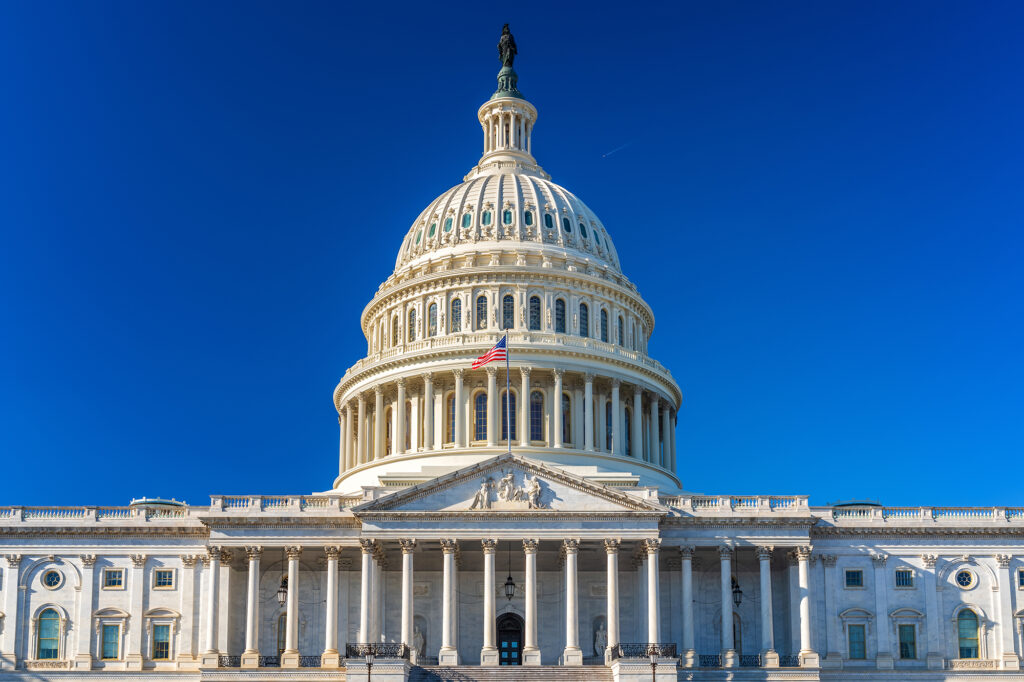
Today is a big day. Congress is about to pass a stimulus package that includes $3.2 billion for an Emergency Broadband Benefit and other initiatives that could impact digital inclusion work.
The text of the legislation has not been released yet but here is our understanding.
The Emergency Broadband Benefit covers up to $50 per month for households who:
-
- Are Lifeline eligible
- Are eligible for existing discount broadband programs
- Have children eligible for free and reduced school lunches
- Have a household member who is a Pell Grant recipient
- Have a household member who is unemployed.
The FCC will manage the program but it will not be part of Lifeline. The FCC will have 60 days from the date the legislation passes to set up the program. We expect the legislation language to include reimbursement to the ISP for a device. Participating in the Emergency Broadband Benefit will be voluntary for the ISPs.
The legislation will also include:
-
- $1.5 billion for broadband connectivity on tribal lands.
- $285 million for an NTIA Office of Minority Broadband Initiatives
- $300 million NTIA grant program to promote broadband expansion to underserved communities.
- Extension of one year (until Dec. 31, 2021) for use of funds provided to states and localities by the Coronavirus Relief Fund in the CARES Act.
On April 29, NDIA joined 216 other public interest, government, industry, civil rights, rural advocacy, and academic groups — alongside schools and libraries — in a letter to Congressional leaders calling for a COVID-19 stimulus package to include support for access to affordable broadband internet. We are thrilled to see the acknowledgment that the cost of broadband service is a barrier that must be addressed.
The following statement can be attributed to Angela Siefer, Executive Director: “Even as we celebrate, we must keep working toward a permanent broadband benefit plus financial support for outreach to eligible populations, digital literacy training, the appropriate device per household member, technical support, and digital inclusion planning. $3.2 billion for Emergency Broadband Benefit is a great first step.”
